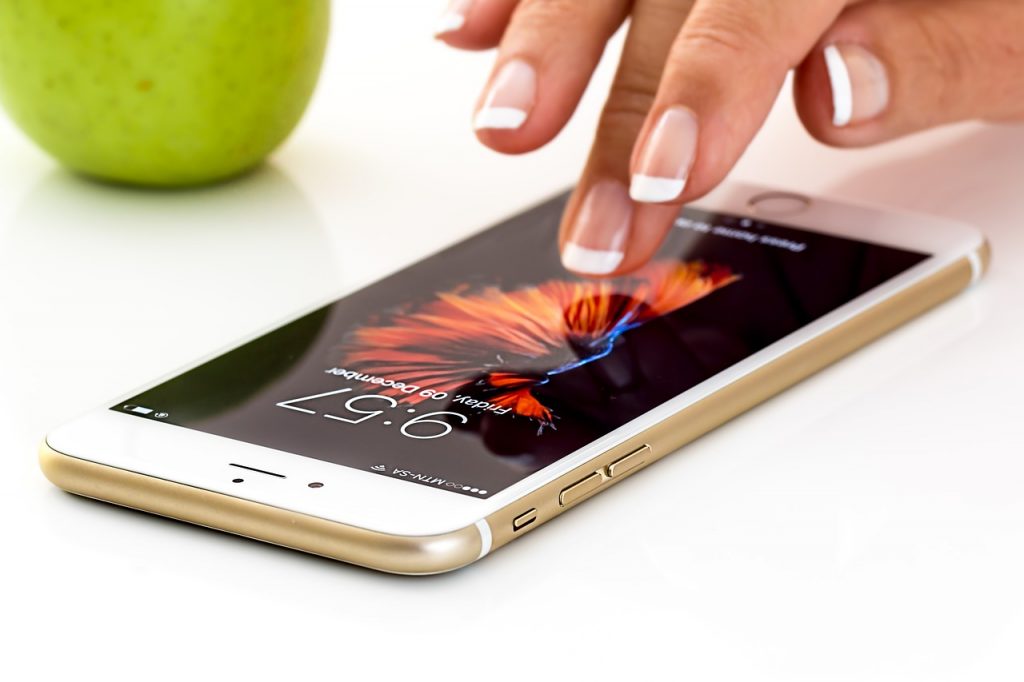Electronic devices, and not just your phone, are not scratch resistant. Scratches tend to come with sand and other particles that make the screen rough to touch and less sensitive. A scratch on your phone lowers its resale value should you decide to upgrade. Using a screen protector can help to keep the surface pristine. However, the decision to buy one can be complicated.
Searching “screen protector” on Amazon, for instance, reveals overwhelming results. There are not just many brands, but each has different types with varying price points. Fortunately, you can find a service that offers PDA repair to help you with your issue. The following are the different types of protectors they will likely consider:
PET Film
PET is commonly found in food containers and water bottles. Protectors made of PET offer little amounts of impact and scratch protection because they are light and thin. The upside is that they are cheap, so you can replace your protector as you please. They are also less visible after applying them on the phone. PET film feels smooth to touch but is often stiff.
There are different types of PET film allowing you to choose the kind of finish you want. That way, your screen is not only protected but also looking good. Most films will be easy to install and remove. However, one will have to be keen as they use PET film because it tends to remain with fingerprint marks.
Liquid
Thanks to technology, there are many liquid screen protectors that you can use. You simply swab a solution on the phone and then buff it. These protectors often provide extra levels of protection, but they are so thin that a tough scratch could reach the actual screen. Furthermore, these screens have specific recommendations, so you cannot just replace them as you would a PET film. Liquid protectors wear off as time goes by.
The nature of liquid screen protectors makes it hard to notice when the protector has worn off. You cannot scratch to see how well it works; you might end up scratching the screen itself. Fortunately, some options come with self-healing properties. They also repel dust and maintain a smooth feel all through their service life. Nano coating can protect your screen for six months. It provides anti-static properties.
Tempered Glass

Tempered glass cannot self-heal; but it is tough, offering drop and scratch protection. Many of these glass protectors will measure between seven and eight on the Mohs hardness scale, making them perfect for impact protection. They tend to be thick and highly visible on the screen.
Tempered glass comes in a range of 0.3 to 0.5mm in thickness but feels like the actual screen. The protector will also have an oleophobic coating that reduces fingerprint and stain marks. Installing a glass screen is simpler than a plastic film.
There are different variations of each type of protector. You can look for extra features like anti-glare surfaces or privacy filters to commend one option above another. If other features like smudge resistance are important to you, be sure to inquire.